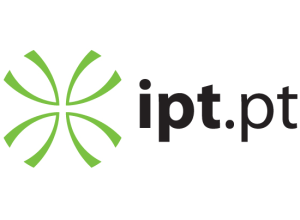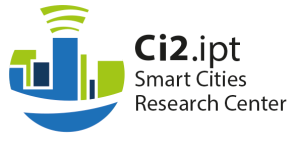The future digital society, in the scope of increasing automation, namely the digital society of 2030 and beyond, comprises more and more connected devices (IoT), including sensors, vehicles, aerial drones, data, etc. While 5G supports autonomous vehicles, the increasing number of sensors per vehicle requires higher speed communications and lower latencies. Society and organizations demand new services to be included in 6G, such as:
- Augmented reality and extended reality
- Artificial Intelligence infused applications
- Wireless brain-computer interactions
- holographic services
- The integration of communications with localization, mapping, and remote control
- Emerging eHealth applications
- Improved autonomous vehicles
- More efficient support of IoT, namely smart cities and smart houses, supporting an extremely high number of low-power devices
- Support of flying vehicles and increased mobility speed
6G also aims to have higher energy efficiency and more efficient strategies of energy-harvesting, so that the autonomy of user equipment can be increased, despite its demanding applications. These new services and capabilities to be supported by 6G continue to require more efficient networks, such as increased data rate, lower latency, more efficient spectral efficiency, increased energy-efficiency, and improved network capacity. Some of the foreseen requirements for 6G include:
Some of the anticipated requirements for 6G include:
- Nomadic peak data rate of at least 1 Tbps (100 times higher than 5G)
- Mobile data rate of 1 Gbps (10 times higher than 5G)
- Energy efficiency 10 to 100 times better than 5G
- While 5G requirements are achieved based on mm-Wave and m-MIMO, 6G must incorporate new concepts such as passive antennas, namely Reconfigurable Intelligent Surfaces (RIS). In order to achieve potential gains (coverage, interference cancellation, secrecy, spectral efficiency, etc.), there is the need to estimate the channel characteristics, and this is difficult to achieve with passive elements. Recently, active antennas, such as Large Intelligent antenna Systems (LIS), also referred to as Ultra Massive MIMO (UL-MIMO) or as Extremely Large Antenna Arrays (ELAA), have been employed to achieve such gain desiderates, but the complexity also increases. In terms of frequency bands, 6G is revolutionary, as it includes Visible Light Communications (VLC) and Terahertz bands (100 GHz – 10 THz), enabling data rates in the order of Hundreds of Gbps. VLC is a mature communication technique well suited for short-range coverage, though susceptible to interferences, such as from the sun.
Program:
Moderator:
Mário Marques da Silva – Director of the Department of Engineering and Computer Sciences, Universidade Autónoma de Lisboa
- Transmission Techniques for Future 6G Systems – Mário Marques da Silva (Autonomous University of Lisbon & Telecommunications Institute)
- A Look Beyond Massive MIMO – Working with a Huge Number of Antennas – Rui Dinis (Faculty of Science and Technology at Universidade Nova de Lisboa & Institute of Telecommunications)
- 6G: Vision, Requirements, Technical Challenges, Standardization & Implementations – Shahid Muntaz (Nottingham Trent University)
- Age-aware Green UAV Wireless Networks – Dush Nalin Jayakody (Universidade Lusófona de Lisboa)
This work was funded by national funds through FCT - Fundação para a Ciência e a Tecnologia - as part the Project - Refª 2022.03897.PTDC
Organization

![]()
![]()
Sponsors






![]()
